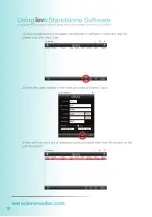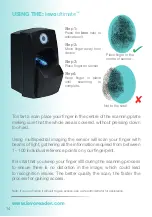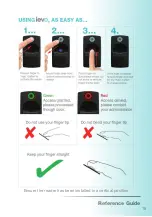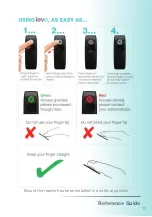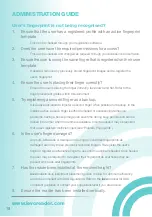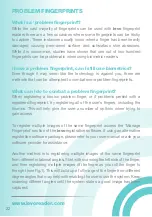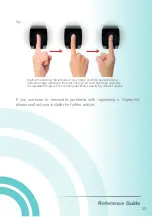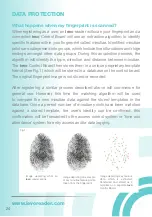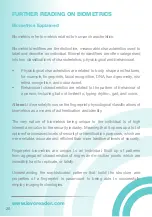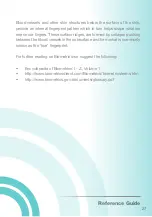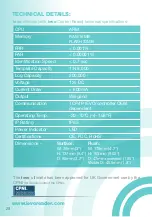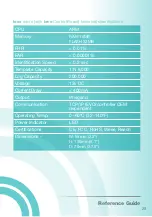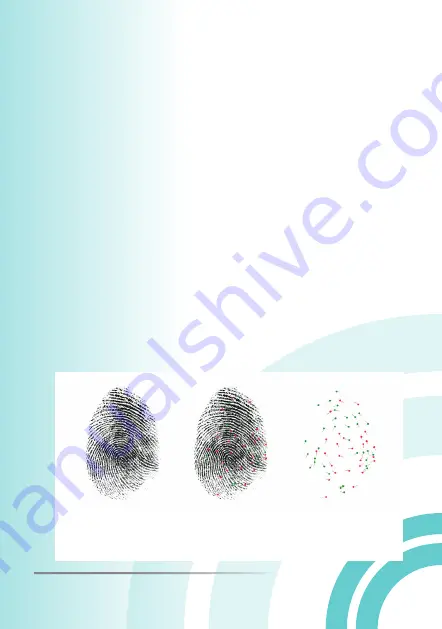
24
Image depicting an example
of key minutiae feature points
taken from the fingerprint
Image depicting key feature
data which is extracted,
transferred and stored as a
template on a separate
ievo
Control Board
Image depicting what an
ievo
reader scans
Fig.1
DATA PROTECTION
What happens when my fingerprint is scanned?
When registering as a user, an
ievo
reader will scan your fingerprint and a
connected
ievo
Control Board will use an extraction algorithm to identify
specific features within your fingerprint called minutiae. Identified minutiae
points are categorised into groups, which include line bifurcations and ridge
endings amongst other data groups. During this acquisition process, the
algorithm will identify the type, direction and distance between minutiae.
The
ievo
Control Board then stores them in a unique proprietary template
format (See Fig.1) which will be stored in a database on the control board.
The original fingerprint image is not stored or recorded.
After registering a similar process described above will commence for
general use. However, this time the matching algorithm will be used
to compare the new minutiae data against the stored templates in the
database. Once a pre-set number of minutiae points have been matched
against a stored template, the user’s identity can be confirmed, this
confirmation will be forwarded to the access control system or ‘time and
attendance’ system for entry access and/or data logging.
www.ievoreader.com

